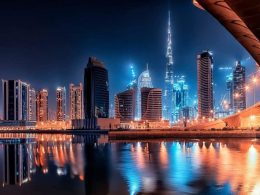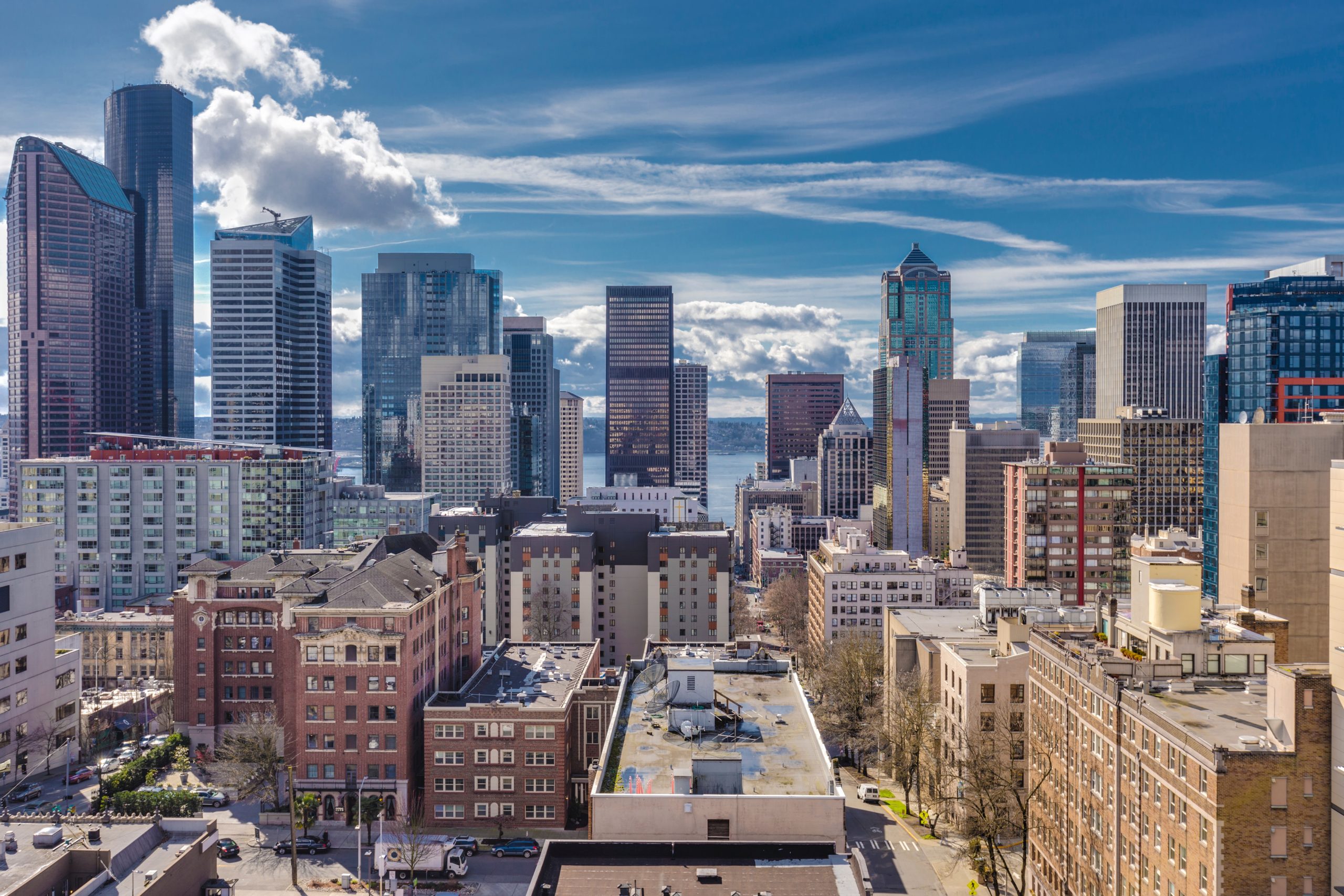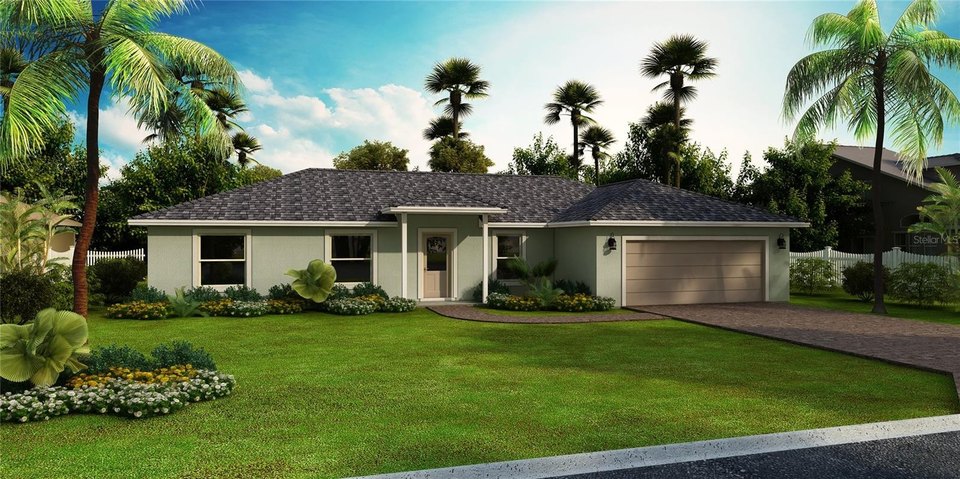Author Introduction
Meet John Doe, a seasoned urban planner with over two decades of experience in studying the interplay between culture and real estate development. With a background in sociology and a passion for sustainable urban development, John brings a unique perspective to the table.
Introduction: The Intersection of Culture and Real Estate
Culture and real estate are deeply intertwined. Our cultural backgrounds shape our living preferences, influencing the types of homes we desire and the neighborhoods we choose to live in. For instance, a community with a strong outdoor culture might value homes with large yards and proximity to parks and hiking trails. Conversely, in a city with a vibrant nightlife, apartments in bustling downtown areas might be most sought after.
Understanding Cultural Influence
Culture shapes our preferences and behaviors, including where and how we choose to live. For instance, in societies that value community and collectivism, you might find homes built close together to facilitate social interaction. On the other hand, cultures that value individualism might favor detached homes with private yards. Understanding these cultural influences can help real estate developers design spaces that cater to the needs and preferences of different cultural groups.

Culture and Urban Planning
Urban planning is not just about creating efficient layouts; it’s also about building communities that reflect the cultural identities of their inhabitants. Planners must consider cultural factors such as social norms, traditional practices, and communal values when designing urban spaces. For example, in cities with a strong biking culture, urban planners might prioritize bike lanes and bike-friendly infrastructure.
The Role of Real Estate Developers
Real estate developers play a crucial role in shaping the cultural landscape of our cities. By understanding and catering to cultural preferences, developers can create spaces that resonate with their target audience and ultimately, succeed in the market. For instance, a developer working in a neighborhood with a vibrant arts scene might incorporate gallery spaces or artist studios into their building designs.
Case Study: Cultural Influence in Action
Let’s take a look at a real-world example. In the city of Barcelona, the influence of Catalan culture is evident in its unique architectural style. The city’s iconic buildings, many designed by the famous architect Antoni Gaudí, reflect the region’s history, values, and artistic traditions. This cultural influence has shaped Barcelona’s real estate market, making it a popular destination for tourists and property investors alike.
Looking Ahead: The Future of Culturally-Informed Real Estate
As our societies become increasingly diverse, the need for culturally-informed real estate will continue to grow. Developers and urban planners who understand and embrace this trend will be well-positioned to create spaces that meet the needs of our multicultural world.
Table: Cultural Influences on Real Estate in Different Societies
| Culture | Living Preferences | Notable Real Estate Trends |
|---|---|---|
| Collectivist Societies | Close-knit communities, shared spaces | High-density housing, communal facilities |
| Individualist Societies | Privacy, personal space | Detached homes, private yards |
| Artistic Communities | Creative expression, community engagement | Live/work spaces, gallery spaces |










